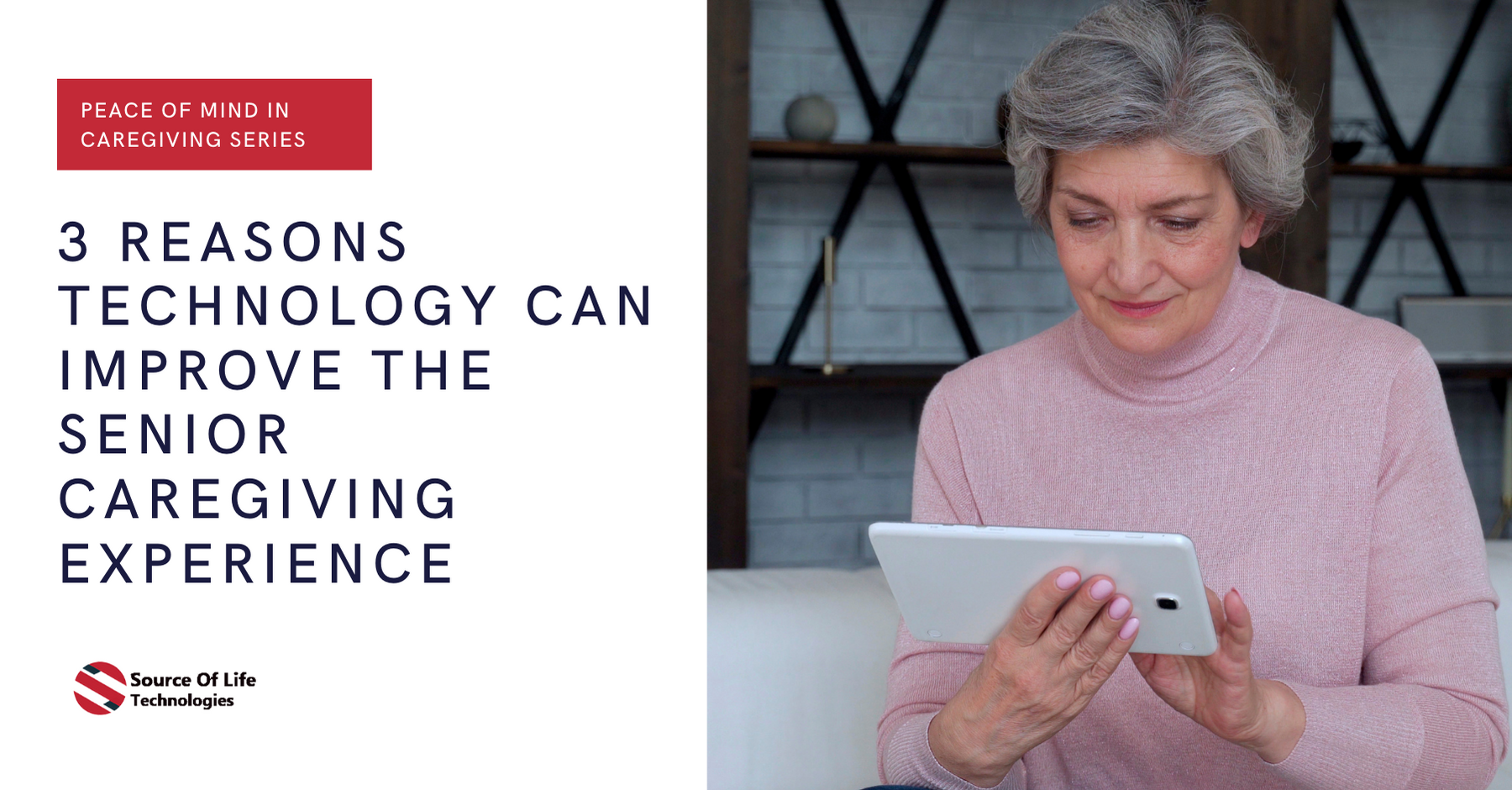Filling A Void In Senior Care Through Using Telehealth

You no longer need to be overwhelmed by the lack of knowledge, wait days/weeks to see a doctor or medical professional, increase exposure to germs, or lack follow-up care.
Our society has been undergoing a digital transformation with the internet and remote work’s increasing role in our lives. More services used in-person are being replaced with apps, software and websites. Aligning this with a nursing shortage, makes the availability of telehealth opportune. To top it off, video is shaping all forms of communication from social engagement to marketing, AND HEALTHCARE.
Our elder generations can use telehealth technology to improve their access to care and reduce their overall healthcare cost.
Healthcare does not need to be a struggle and telehealth is here to help balance safety and autonomy.
Are you reimagining your own or a loved one’s doctor visit or healthcare management?
Digital health reduces the need for in-person appointments, lowers the cost of care, reduces visits to the ER, and improves patient satisfaction and healthcare understanding. As the age of over 65 rises, will double by 2030, more families and caregivers will need to rely on this type of service to care for their elderly loved one.
So, what types of services can telehealth be used for?
- Caregiver or Palliative Care Information: If you have a question about your loved one’s care, telehealth offers direct access to healthcare professionals should questions arise. At-home care providers can use telehealth to share information on their loved one’s condition and gain valuable feedback and advice from professionals. This makes it much easier to gain the knowledge need for proactive treatment
- Transitional Care: Caregivers in the home can use telehealth as a means for comprehensive care management with interdisciplinary teams from physicians, to psychiatrists, and home care connections.
- Chronic Disease Management: Seniors often have complex healthcare needs ranging from acute to chronic conditions and diseases. Telehealth gives patients and their care providers the option to consult remotely using live video, audio, and messaging. This helps to reduce the need for in-person care and makes it easier for at-home caregivers to meet the needs of their loved ones. Consulting with a medical professional in the comfort of your own home means less time transporting back and forth.
- Primary Care: Getting access to healthcare can be a challenge for many seniors and their caregivers, especially those living in rural areas. Without a dedicated driver, seniors may be unable to visit their healthcare provider in person. The opportunity to engage remotely offers time to engage in questions relating to concerns over possible weakness, medications, fall prevention or management techniques, follow-up plans or pain.
- Mental Healthcare: Depression, stress, anxiety and grief are just a few mental health disorders effecting our society and senior generation. Affordable help can be just a phone call away and bring tremendous growth. From caregiver stress to the difficulties in aging, telehealth options for remote therapy has become common place and almost preferable due to its accessibility.
Overall, online engagement platforms and quick access to support networks for virtual care can help establish relationships and decrease worry or anxiety. Find out more information here.
From senior care fall strategies to online engagement and mobile app opportunities, healthcare shouldn’t be reactive - it should be proactive.
Doors have been opened to on-demand healthcare and it turns out the overwhelming majority of patients, physicians, families and therapists want to continue down that path. The decision to modernize your senior care strategies is a big one and doesn’t happen overnight.
Talk to the Source of Life Technologies team for the guidance and direction you need to make the change in your organization or home.

